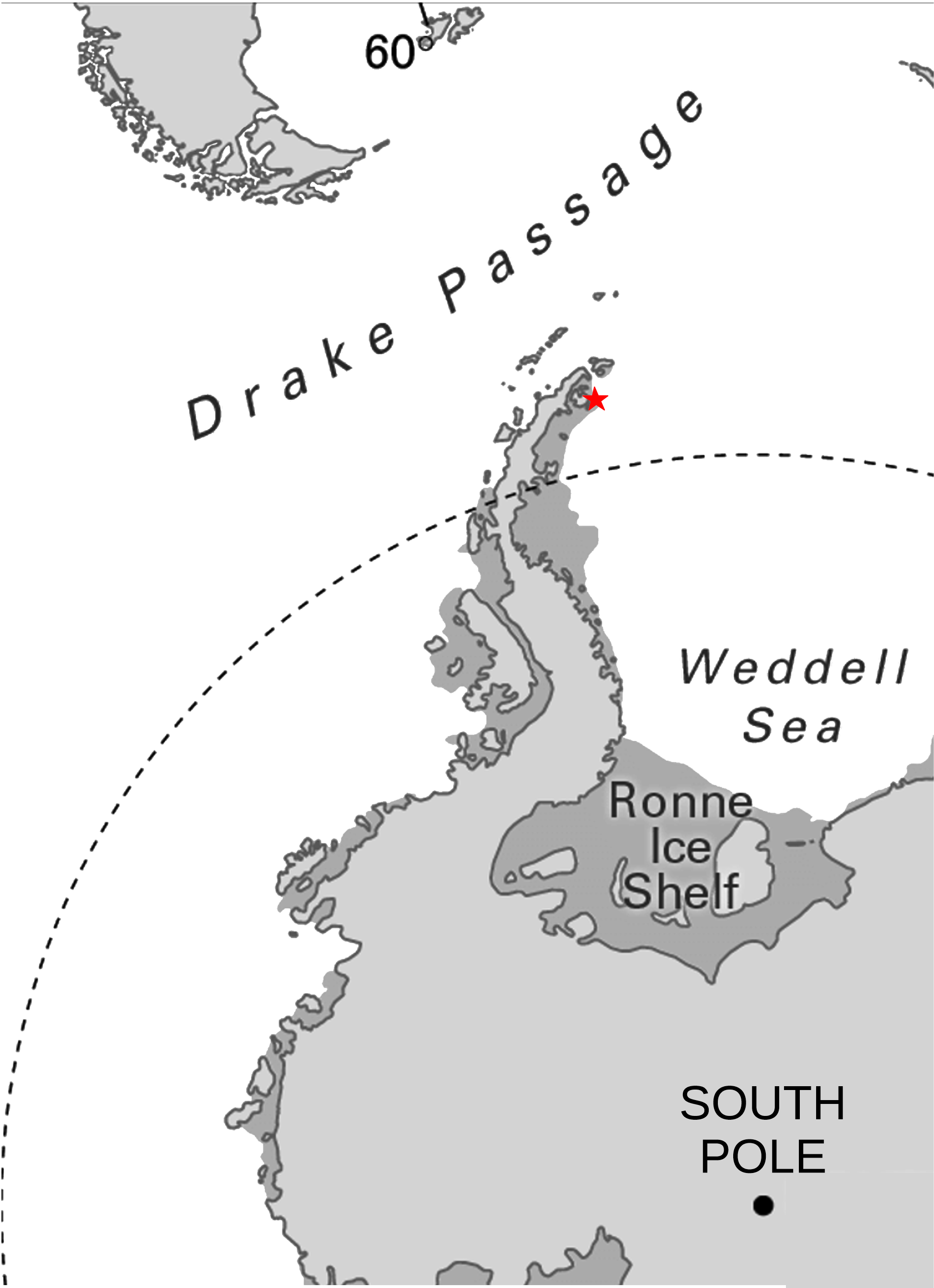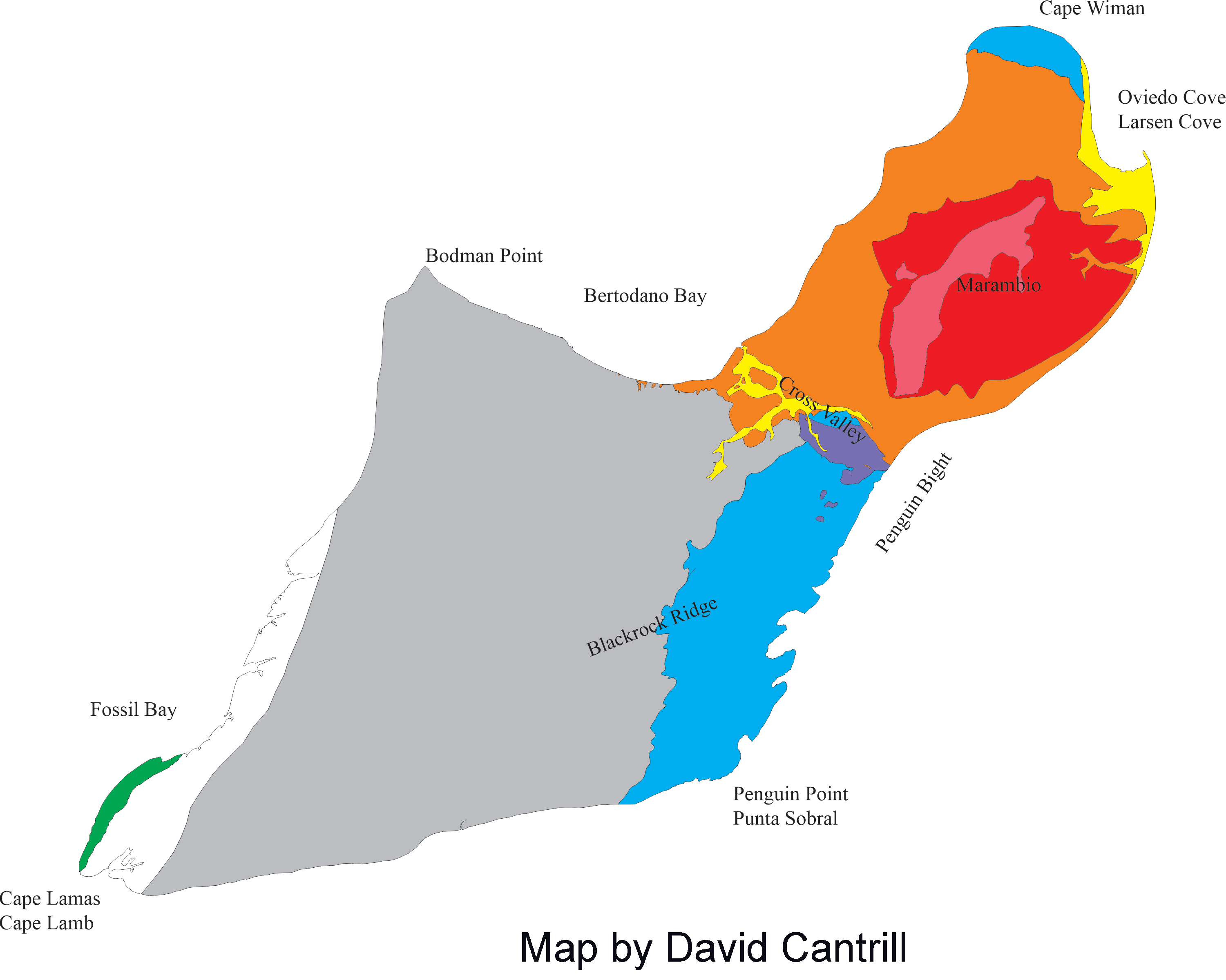
My interest in Antarctic floras started when reading the book “The Antarctica” by Otto Nordenkjöld, in which he carefully details his interest in geology and paleontology and how his crew after the Antarctica was destroyed by the ice and the spent the next 2 years in Antarctica, took care of the fossils they collected during that time. Among the fossils collected by them are several Nothofagus holotypes which I had the pleasure to ”revise” while writing my dissertation more than a hundred million years ago. My interest increased as I learnt more about the extant and fossil floras of Patagonia because for fully understanding and comprehending the South America modern flora and of the Southern Hemisphere, we really need to know what happened in Antarctica. Today the extant flora of South America comprises circa 90,000 species of vascular plants, while in Antarctica only 2 species growth naturally: the caryophyll Colobanthus quitensis and the grass Deschampsia antarctica.
The Antarctic peninsula located only 1200 km from the southernmost city of the world, is characterized by its warm weather compared with the rest of Antarctica, and it is there where there is a high concentration of small islands, among them Seymour Island. This small island (21 km long and from ~3 to 8 km wide) is located at 64 degrees South in the Weddell Sea, lying off the coast of and near the northern tip of Graham Land. Its geology is well known and represent strata of Cretaceous up to the Quaternary. Of those strata, the most interesting ones that belong to the Cross Valley and La Meseta Fms. which belong to the Seymour Group.

Based on stratigraphic studies, La Meseta formation is divided into 5 or 7 TELMS depending who’s work one follows. It was deposited during the Late Paleocene (which corresponds to the TELM 1) to the Eocene, covering from the early Eocene to the Middle Eocene or to the late Eocene is the Submeseta Fm is considered as part of the La Meseta Fm. The paleoenvironment reflected at the section is consistent with typical delta plains.
Although the fauna of the La Meseta is widely recognized and notorious, unfortunately, the flora is scarcely known. The flora is mostly known in the bases of wood and palynology, even though the presence of macrofossils in the sediments was identified in the very early nineteenth hundreds. Fossil leaves were collected by Nordejnsköld during the 1901 Sweden Antarctic Expedition and described by Dusen in 1908. The paleoflora comprises ferns, gymnosperms and angiosperms (only dicots were found so far…).
Currently, I am finishing the revision of a very small collection of material collected at three TELMS with the basic goal of identifying the taxa.
Copyright © 2020 · All Rights Reserved